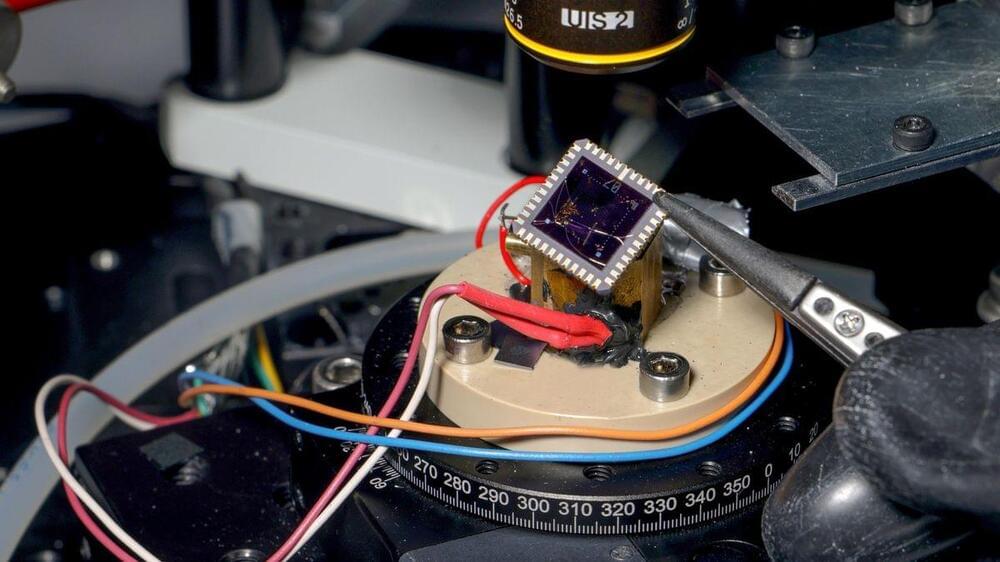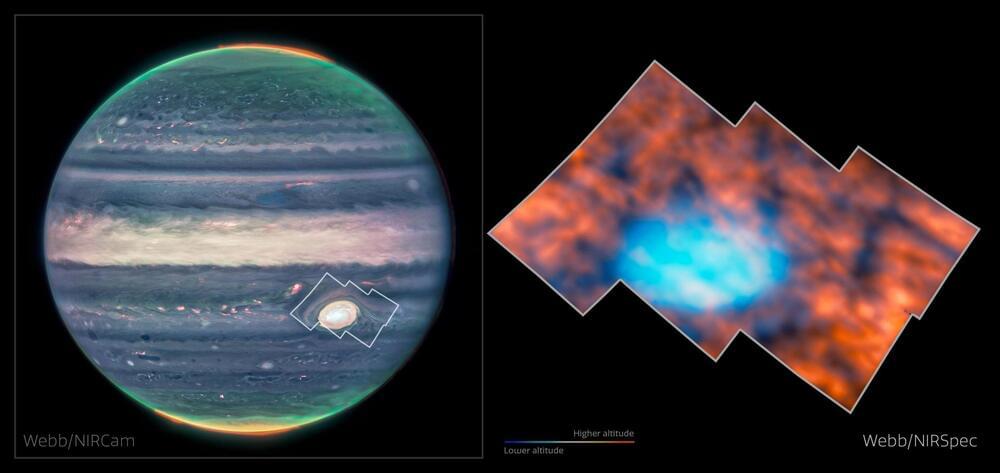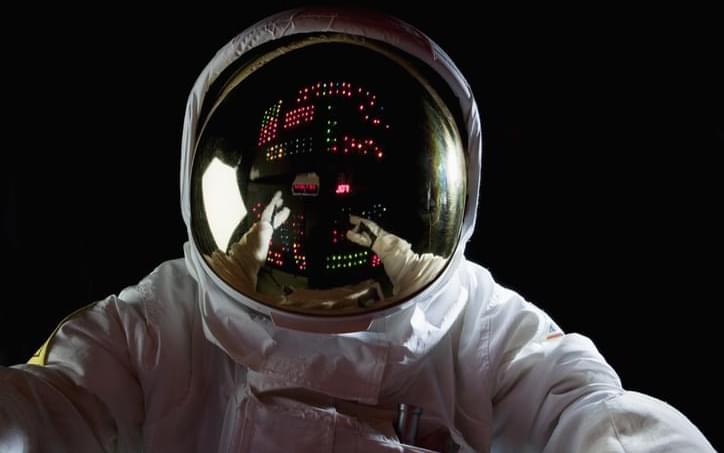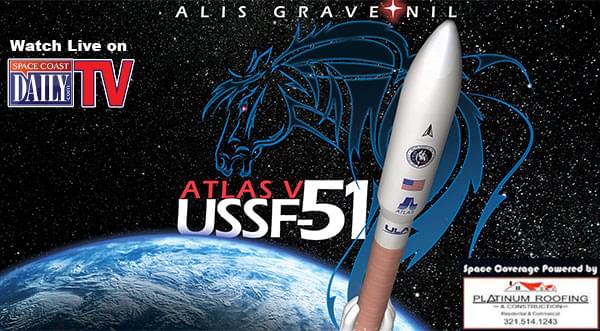It’s a crucial step forward in the quest for clean energy.



Mechanical systems are highly suitable for realizing applications such as quantum information processing, quantum sensing and bosonic quantum simulation. The effective use of these systems for these applications, however, relies on the ability to manipulate them in unique ways, specifically by ‘squeezing’ their states and introducing nonlinear effects in the quantum regime.
A research team at ETH Zurich led by Dr. Matteo Fadel recently introduced a new approach to realize quantum squeezing in a nonlinear mechanical oscillator. This approach, outlined in a paper published in Nature Physics, could have interesting implications for the development of quantum metrology and sensing technologies.
“Initially, our goal was to prepare a mechanical squeezed state, namely a quantum state of motion with reduced quantum fluctuations along one phase-space direction,” Fadel told Phys.org. “Such states are important for quantum sensing and quantum simulation applications. They are one of the gates in the universal gate set for quantum computing with continuous-variable systems—meaning mechanical degrees of freedom, electromagnetic fields, etc., as opposed to qubits that are discrete-variable systems.”


The structure and function of the kidneys is altered by space flight, with galactic radiation causing permanent damage that would jeopardise any mission to Mars, according to a new study led by researchers from UCL.
The study, published in Nature Communications, is the largest analysis of kidney health in space flight to date and includes the first health dataset for commercial astronauts. It is published as part of a Nature special collection of papers on space and health.
Researchers have known that space flight causes certain health issues since the 1970s, in the years after humans first travelled beyond Earth’s magnetic field, most famously during the first moon landing in 1969. These issues include loss of bone mass, weakening of the heart and eyesight, and development of kidney stones.


Using the James Webb Space Telescope, scientists observed the region above Jupiter ’s iconic Great Red Spot to discover a range of previously unseen features. The region, previously believed to be unremarkable in nature, hosts a variety of intricate structures and activity.
Recent observations by Webb’s NIRSpec revealed surprising details about Jupiter’s upper atmosphere, particularly above the Great Red Spot, showing complex structures influenced by gravity waves. These findings, captured using Webb’s high-resolution capabilities, could support the Jupiter Icy Moons Explorer (Juice) mission, enhancing our understanding of Jupiter and its moons.
Unveiling Jupiter’s Atmosphere

Why it matters: Moore’s Law might not be dead after all. A new technique using nanomaterials can further miniaturize transistors, allowing fab plants to pack more of them on each chip. This research opens up new possibilities for creating advanced semiconductor devices with features smaller than current lithography techniques allow.
A South Korean research team led by Director Jo Moon-Ho of the Center for Van der Waals Quantum Solids within South Korea’s Institute for Basic Science has made a significant advancement in semiconductor and nanomaterial technology that could lead to the development of much smaller, more efficient, and more powerful electronic devices. The new technique can grow “one-dimentional” metallic nanaomaterials with widths as narrow as 0.4 nanometers for use as gate electrodes on 2D substrates. The technique promises to overcome the limitations of traditional lithography.
Integrated devices based on two-dimensional semiconductors exhibit excellent electrical properties even when thinned to atomic-scale thickness, making them promising candidates for creating ultra-thin, high-performance electronic devices. A separate study indicates that these 2D logic circuits are promising candidates for the post-Moore’s Law era.

Editor’s note: Video above is about a NASA astronaut discussing an extended stay in space.
(THE CONVERSATION) – Only about 600 people have ever traveled to space. The vast majority of astronauts over the past six decades have been middle-aged men on short-duration missions of fewer than 20 days.
Today, with private, commercial and multinational spaceflight providers and flyers entering the market, we are witnessing a new era of human spaceflight. Missions have ranged from minutes, hours and days to months.

